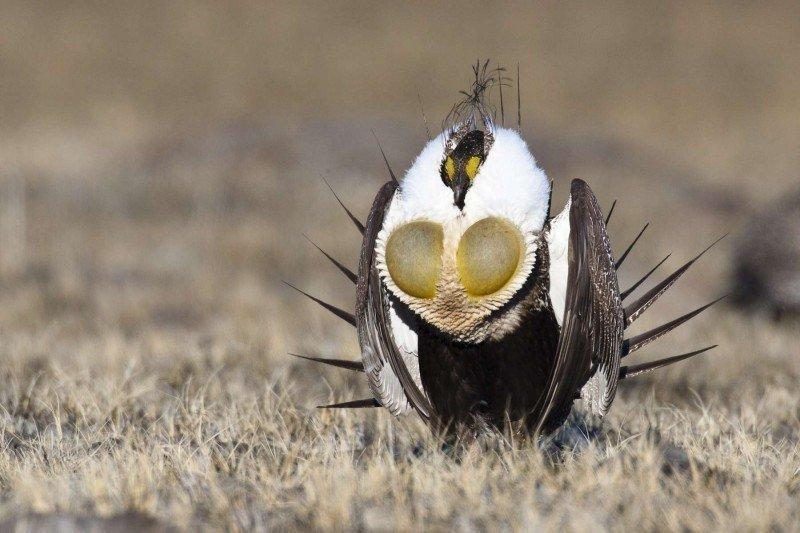USDA Forest Service Press Release
DENVER – The Forest Service has completed a multi-year plan to conserve, enhance and restore greater sage-grouse populations (GRSG) and habitat on National Forest System-administered lands. The conservation measures were released in two federal Records of Decisions (RODs) in conjunction with the U. S. Fish and Wildlife Service’s (FWS) announcement that the bird does not warrant protection under the Endangered Species Act (ESA).
The two RODs represent an unprecedented, collaborative, landscape-level conservation effort by the Bureau of Land Management (BLM), Forest Service, state agencies, private landowners and other partners to conserve its habitat. The Rocky Mountain Greater Sage-grouse Record of Decision includes Wyoming and Northwest Colorado, while the Great Basin Greater Sage-grouse Record of Decision includes Idaho, Southwest Montana, Nevada and Utah.
“We appreciate the hard work and leadership that the states and our federal and local partners have provided in this unprecedented planning effort,” said Nora Rasure, Regional Forester for the Intermountain Region, United States Forest Service. “It will take all of us, working together collectively and collaboratively through this continued conservation effort to achieve success.”
The Forest Service manages approximately 8% of the remaining GRSG habitat. The RODs and associated land management plan amendments are an essential component to the effort to conserve GRSG and its habitat. The Forest Service and the BLM manage nearly two-thirds of the remaining habitat, and together, the agency plans address issues of infrastructure, wildfire, grazing, recreation, commercial uses, energy and mining, among others.
The plans will be implemented in phased coordination with state and local partners through implementation agreements and continued collaboration with local working groups.
“The hard work on the ground has just begun, and we are committed to continue the close coordination with our state, federal, and local partners as we implement the new plans over time,” said Dan Jirón, Regional Forester for the Rocky Mountain Region.
Sage-grouse are one of the most-studied upland birds in North America. The plan amendments are grounded in the best available science drawn from published literature as well as input from recognized experts, state agencies, the US Geological Survey, the FWS and other sources.
To view the RODs and plan amendments or for more information about the Forest Service’s greater sage-grouse conservation efforts, please visit: www.fs.usda.gov/detail/r4/home/?cid=STELPRD3843381


